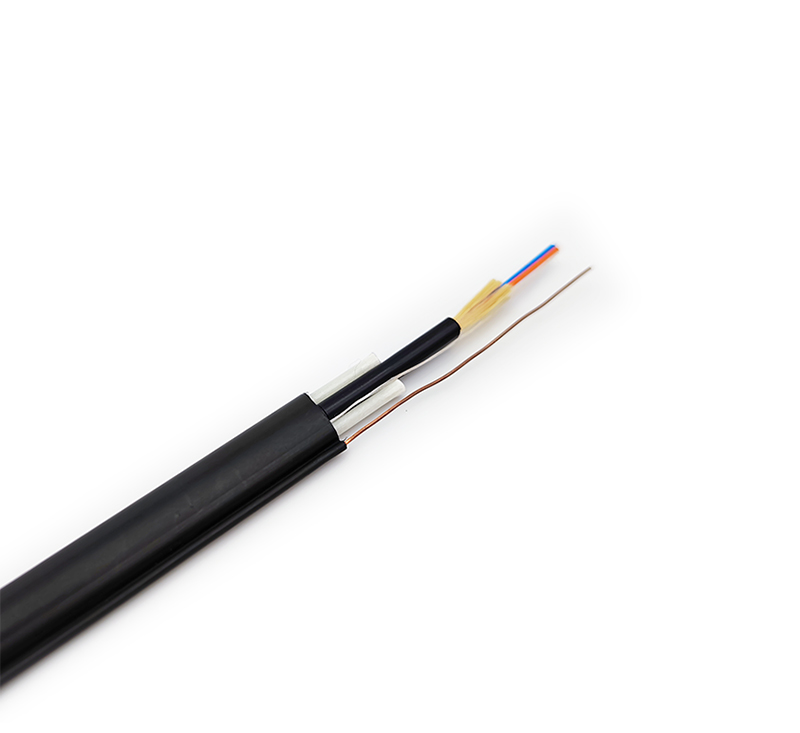The advantages of optical fiber communication with the advantages of large information capacity, good confidentiality, light weight, small size, small volume, non -relay, and long transmission distance have been widely used. The fiber transceiver uses the high -speed communication medium of fiber. The problem of Ethernet in transmission. So, how to install the fiber transceiver? What are the common faults of fiber transceivers?
How to install the fiber transceiver
1. first see if the indicator light and the twisted port port indicator of the fiber transceiver or the light module is on?
A. If the light port (FX) indicator of the transceiver is not high, please determine whether the optical fiber link is cross -link? One end of the fiber jump line is parallel; the other end is a cross -connection.
B. If the light port (FX) indicator of the A transceiver is on, the light port (FX) indicator of the B transceiver is not on, the failure is on the A transceiver: one may be: A transceiver (TX) light sending The mouth is bad, because the optical port (RX) of the B transceiver cannot receive the light signal; the other may be: the optical fiber link in the light sender (TX) of the A transceiver (TX) is a problem with the light sending port (optical cable or light jumper may broken).

C. The twisted line (TP) indicator is not on, please determine whether the twisted line connection is wrong or the connection is error? Please use the passing tester to detect (but some transceivers of the twiser indicator light must be required The road was turned on).
D. Some transceivers have two RJ45 ports: (ToHub) indicate that the connection cable of the connection switch is the pass line; (Tonode) indicates that the connection cable of the connection switch is the cross line.
E. Some hairlines have MPR switches on the side: indicate that the connection cable of the connection switch is the direct line method; the DTE switch: The connection cable of the connection switch is the cross -line method.
2. Is the optical cable and optical fiber jump?
A. Optical cable interpolation detection: Lighting, sunlight, glowing body to the light cable connector or puppet clipper; whether there is visible light on the other end? If there is visible light, the optical cable is not broken.
B. Fiber connection interrupt test: Use laser flashlight, solar light, etc. to illuminate the light of the fiber jump line; whether there is visible light on the other end? If there is visible light, it indicates that the fiber jump line is not broken.
3. Is there any error in the half/full double work?
Some transceivers are FDX switches on the side of the transceiver: indicate full dual -workers; HDX switch: indicate half dual -workers.
4. Use light power meter meter detection
Optical fiber transceiver or optical module in normal circumstances: multi-mode: -10DB --18DB; single mode 20 kilometers: -8DB --15DB; single mode 60 kilometers: -5DB-12DB between: -5DB-1 12DB ; If the luminous power of the fiber transceiver is between: -30DB-45DB, then you can determine that the transceiver is problematic.










